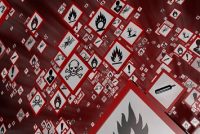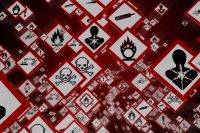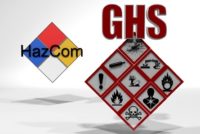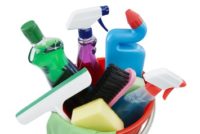OSHA Updates HazCom Rule
On May 20, the Occupational Safety and Health Administration (OSHA) issued a final rule updating the agency’s Hazard Communication (HazCom) Standard (29 Code of Federal Regulations (CFR) §1910.1200) to incorporate updates to the Globally Harmonized System of Classification and Labelling of Chemicals (GHS). The updated rule takes effect July 19 (89 Fed. Reg. 44144). The […]








